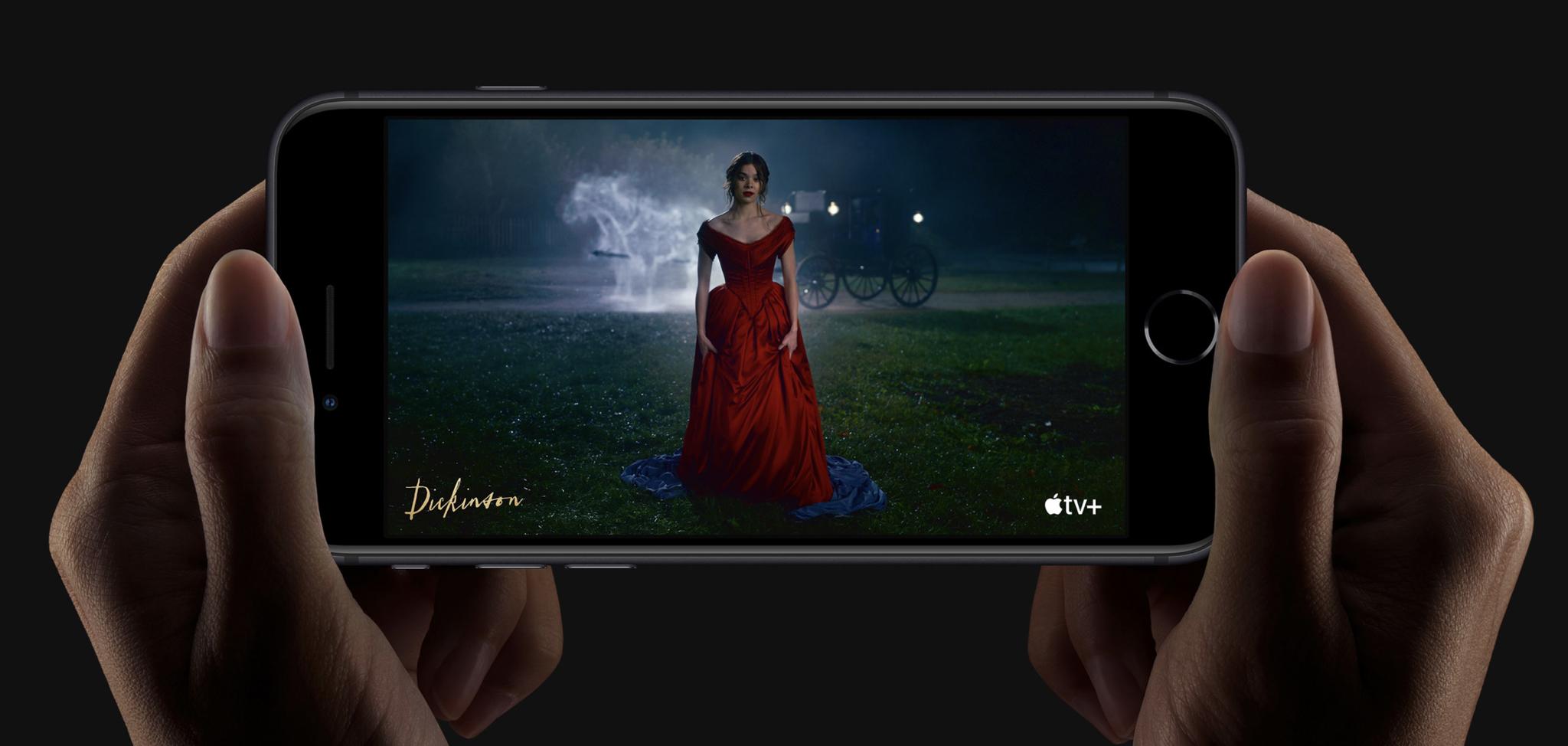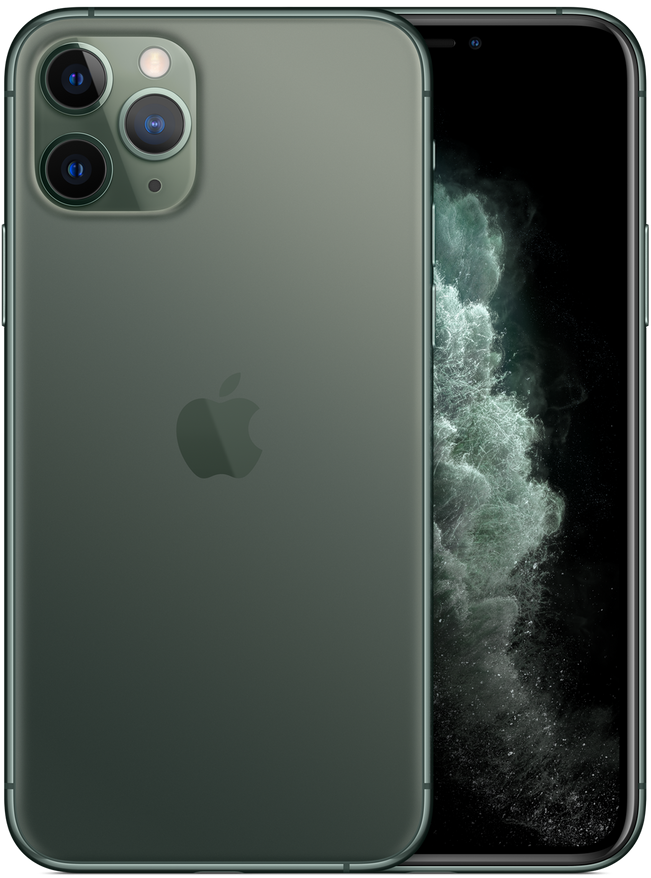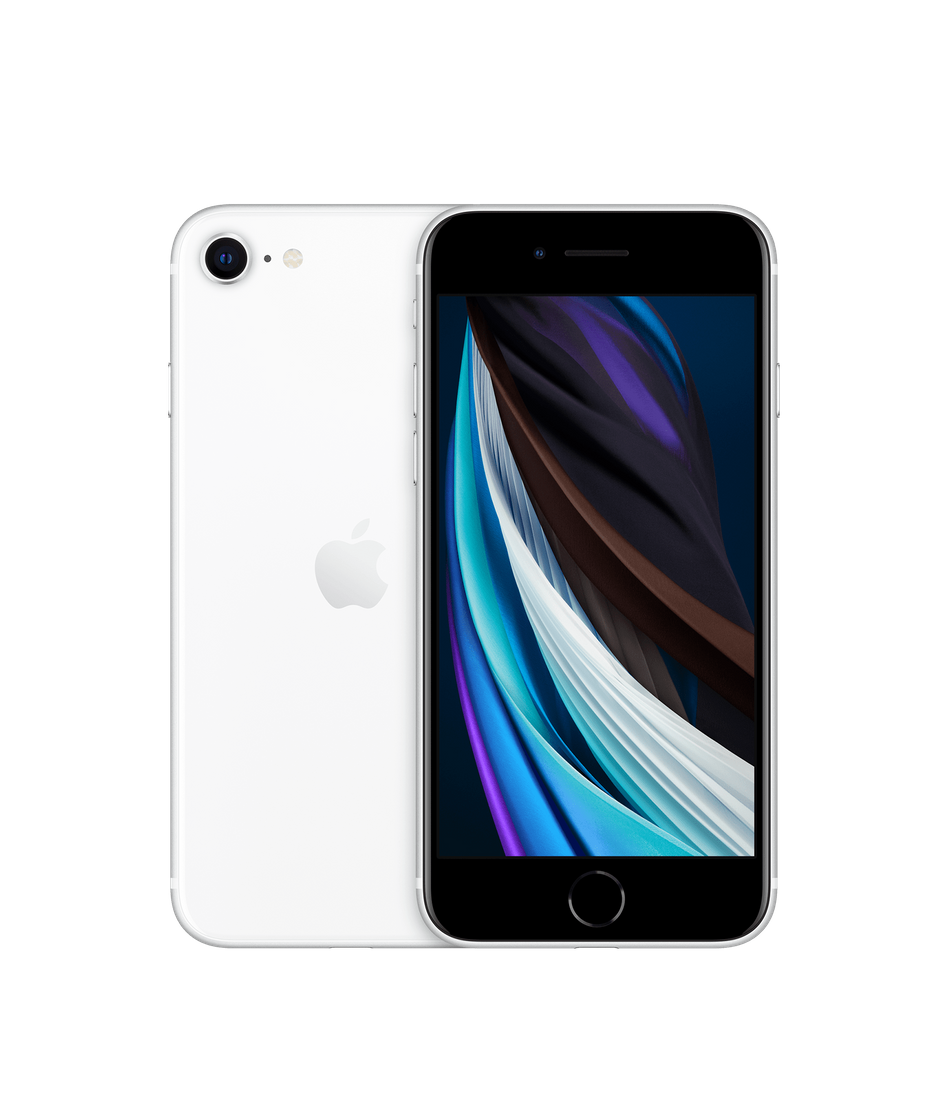iPhone SE (2020) vs. iPhone 11 Pro: Which should you buy?


The best you can buy
The iPhone 11 Pro has significant advantages over the iPhone SE (2020). However, for this, you'll need to pay at least $600 more. For many, the differences aren't worth the price of entry. Still, make no mistake that this is the better handset.
For
- More colors
- triple-lens camera
- Lots of camera features
- Longer battery life
- Larger, better display
Against
- Older device
- Much more expensive

Entry-level goodness
The iPhone SE (2020) is now the least expensive iPhone you can buy. For this, you still get lots of premium features that are found on the more expensive models. Still, the iPhone 11 Pro's triple-lens and extra camera features are very enticing.
For
- Great price
- Same chip as iPhone 11 Pro
- Technically, a newer device
Against
- Limited color choices
- A smaller, less robust screen
- No Face ID
- Only one rear camera
The iPhone SE (2020) arrived on the market eight months after the iPhone 11 Pro/Pro Max. It replaces the iPhone 8 as the least expensive handset in Apple's arsenal. Not surprisingly, the cheaper model lacks many of the features found on the more expensive model. However, most of these come down to the camera options. So which one should you get (or should you upgrade)? Let's find out.
Differences vs. similarities: let's break it down
With the significant improvements to the camera system on the iPhone 11 Pro, you might think the choice is clear, but not everyone needs the advanced camera for the $600 price increase. To see what's the same and what's different between the two, let's break down the specs.
| Header Cell - Column 0 | iPhone 11 Pro | iPhone SE (2020) |
|---|---|---|
| Starting price | $999 | $399 |
| Storage options | - 64GB- 256GB- 512GB | - 64GB- 128GB- 256GB |
| Screen size/type | 5.8-inch Super Retina XDR | 4.7-inch Retina HD |
| Face ID? | Yes | No |
| Colors | WhiteMidnight GreenSilverSpace GrayGold | BlackWhite(PRODUCT)RED |
| Battery performance | - Video playback: Up to 18 hours- Video playback (streamed): Up to 11 hours- Audio playback: Up to 65 hours | - Video playback: Up to 13 hours- Video playback (streamed): Up to 8 hours- Audio playback (wireless): Up to 40 hours |
| Display | - 2436-by-1125-pixel resolution at 458 ppi- 2,000,000:1 contrast ratio (typical) | - 1334-by-750-pixel resolution at 326 ppi- 1400:1 contrast ratio (typical) |
| Processor | - A13 Bionic- Third-generation Neural Engine | - A13 Bionic- Third-generation Neural Engine |
| Camera features | Triple 12MP Ultra WideWide, and Telephoto | 12MPwide-angle camera |
| Night mode | Yes | No |
| Slo-mo front camera | Yes | No |
| Zoom options | 2x optical zoom in, 2x optical zoom out; digital zoom up to 10x | Digital zoom up to 5x |
| TrueDepth Camera features | - Animoji and Memoji- 4K video | None |
| Portrait Lighting effects | NaturalStudioContourStageStage MonoHigh-Key Mono | NaturalStudioContourStageStage MonoHigh-Key Mono |
| Water resistance | IP68: 4 meters/30 minutes | IP67: 1 meter/30 minutes |
It's all about the cameras
The iPhone 11 Pro features triple 12MP Wide, Ultra Wide and Wide cameras. By contrast, the iPhone SE (2020) only offers a wide-angle camera. This difference means the former includes optical zoom out, night mode, and auto adjustments. The larger device is also the one that features a TrueDepth camera, alongside Animoji and Memoji. By contrast, the iPhone SE (2020) only offers a FaceTime HD 7MP camera.
Despite this, the two iPhones also have similar camera features. For example, they both offer portrait Lighting with six effects and optical image stabilization. Additionally, you'll find True Tone flash with Slow Sync on both models, and 4K video recording at 24 fps, 30 fps, and 60 fps.
Price over features
As noted, the iPhone SE (2020) is now Apple's budget handset, while the iPhone 11 Pro is the smaller of the company's two highest-priced models. For the extra $600 on the iPhone 11 Pro, you'll receive triple rear cameras, a front-facing TrueDepth camera, and Face ID (versus Touch ID).
The more expensive model also includes a higher-quality display (that's bigger), more battery life, and increased water resistance. As for colors, the iPhone 11 is available in four colors, while the iPhone SE (2020) only comes in three.
Who should buy the iPhone SE (2020)?
If you're in the market for a budget iPhone, by all means, get an iPhone SE (2020). It features the same chipset as the more expensive model and includes a fantastic 12MP wide-angle camera. With that camera, you can perform some of the same tasks as you can on the iPhone 11 Pro.
Master your iPhone in minutes
iMore offers spot-on advice and guidance from our team of experts, with decades of Apple device experience to lean on. Learn more with iMore!
Who should buy the iPhone 11 Pro instead?
If you're looking for extras such as Face ID, a larger, better display, more storage, and lots of fresh camera features, the iPhone 11 Pro is the one for you. This is the best iPhone Apple currently offers.

Bryan M. Wolfe has written about technology for over a decade on various websites, including TechRadar, AppAdvice, and many more. Before this, he worked in the technology field across different industries, including healthcare and education. He’s currently iMore’s lead on all things Mac and macOS, although he also loves covering iPhone, iPad, and Apple Watch. Bryan enjoys watching his favorite sports teams, traveling, and driving around his teenage daughter to her latest stage show, audition, or school event in his spare time. He also keeps busy walking his black and white cocker spaniel, Izzy, and trying new coffees and liquid grapes.
